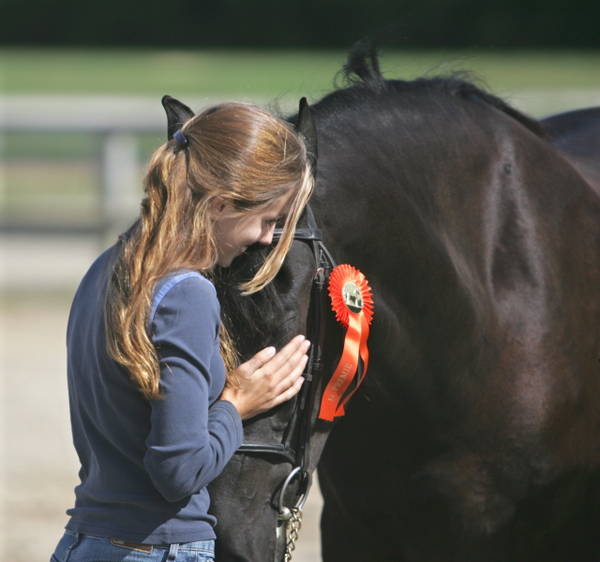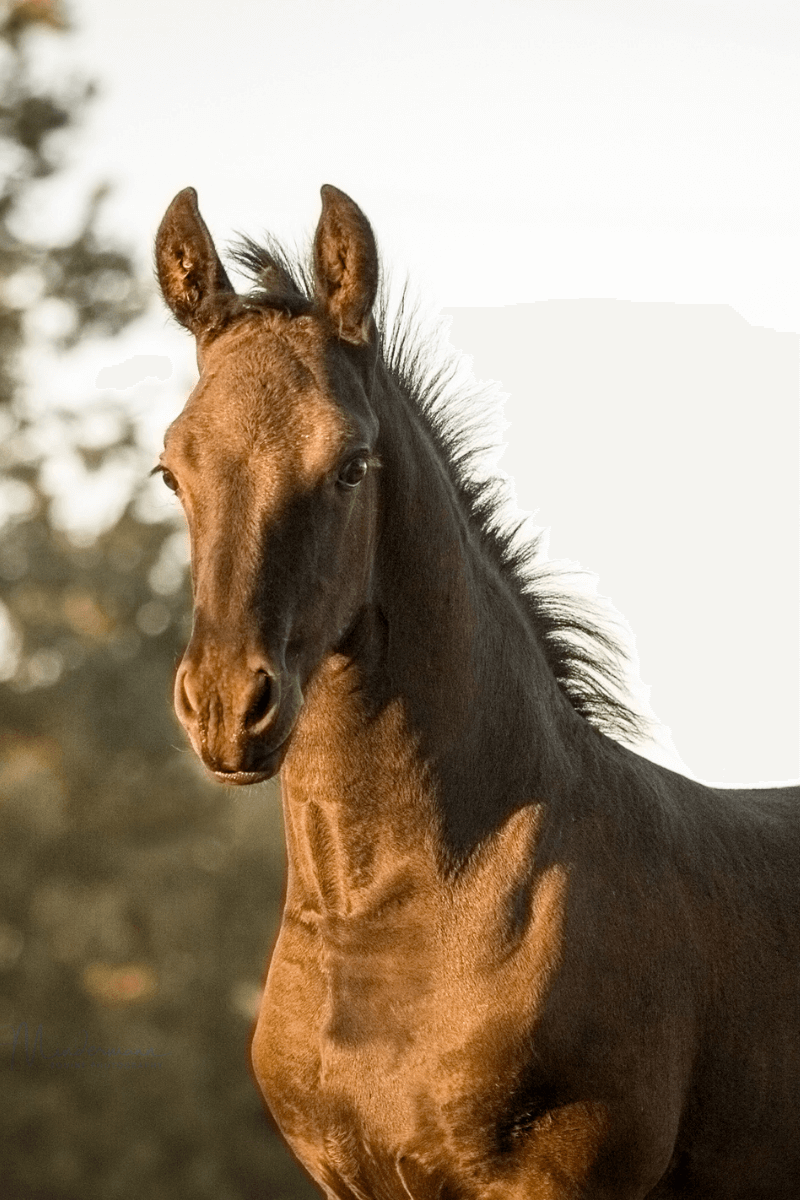We have a new Weimaraner puppy (cue all of the awes!) and he is adorable, but he is a puppy. And, as we progress through the puppy training stages, I couldn’t help but notice the incredible similarities between puppy training and foal training!
Consistency is Not Underrated
There are four of us at my house, two of which are young girls. So, when it comes to training the puppy (and the kids!) everyone has to be on board for the workload and on the same page with training. Regardless of how many people are training the puppy or the foal, the commands, responses, and expectations have to be the same. It is incredibly confusing for a young animal to exhibit a certain behavior and be praised one day and scolded the next.
Make sure everyone that is handling or around your foal knows what these cues are and what the expectations are. Ie. we do not allow our foal to rub her head on you….no matter how cute it is!
Things Will Go Sideways
Things will go sideways and backwards and you will have bad days during training. This can be very frustrating for anyone who is investing their time and efforts into training. Your foal has been perfect about putting the halter on for weeks and now it has become a monster….WHY? As annoying as this is, they are not doing it to drive us crazy. Start from the beginning and work like it is a new item.
Try not to get too frustrated and if all else fails, there is always tomorrow.
Socialization and Exposure Make Life Better
For foals and puppies alike, the more socialization and exposure you give them to new things, the better. What once was incredibly scary is now a normal part of daily life. This makes a world of difference when your foal gets to be an adult! Puppies are the same. The more environments, objects, and people they see the more comfortable they will be in these situations.
Have new people stop by to see your foal, expose them to other animals, and take them for walks around the property. These are all easily accomplished without a huge time commitment and will teach your foal new things are not always scary.
There are ABSOLUTELY stages
The classic “puppy stage” is a misnomer in my opinion. I believe it is “puppy stages” and “foal stages”. As you progress in learning and training, you’ll get to a new stage. This doesn’t mean you’ve left the “puppy stage” or “foal stage” behind, but it does mean you’ve advanced into something new.
For example – halter training foals is a huge part of foal training. Once your foal is comfortable putting the halter on and leading, you can start working on the next stage – tying. All of these elements are essential building blocks and if not established early will often lead to major training challenges in the future.
Always End on a Good Note
In all training of young animals, it is important to end on a good note. If they are struggling with a new concept, end the lesson with something they are confident in. If your puppy struggles with stay during the lesson, make sure to end with a different command. Likewise, if your foal is having a challenging day learning to back up, end the lesson with a casual walk in and out of the stall.
Ending on a positive note will have an impact on all of your lessons. Your foal (or puppy) will look forward to training and be excited to learn rather than annoyed, stubborn, or even scared.

I’ve been around horses my entire life, but my Friesian journey started just over 20 years ago. Our horses have always been a part of our family. They have traveled with us as we relocated from Vermont to New York to Iowa and finally, to Arizona. I can’t wait to share our story with you!
Related
Aug 13, 2021
Why Consistency Is Never Underrated When It Comes to Foal Training

Leave a Reply Cancel reply
@starlitridgefriesiansandfells
LET'S BE FRIENDS ON INSTAGRAM